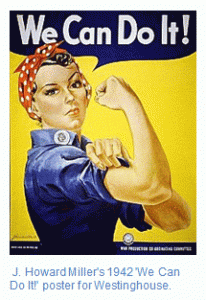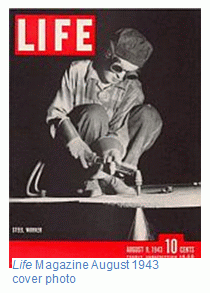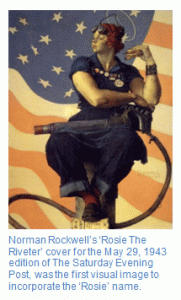Happy Mother’s Day to the Woman of Manufacturing!
A Salute to WWII’s Manufacturing Mothers
To celebrate Mother’s Day, it’s an ideal time to take a look back at some of the important roles women have played in the sustainability of the manufacturing industry. This time our focus is World War II.
At a time when male enlistment was at an all-time high, the government began calling on women to fill many of the manufacturing jobs previously closed to them prior to the start of the war.
Enter Rosie the Riveter, one tough manufacturing momma!
The iconic Rosie the Riveter was created as part of a government propaganda campaign to help recruit women workers into the munitions industry. Norman Rockwell’s 1943 cover for the Saturday Evening Post is the first image to emerge with the name “Rosie.”

While Rosie riveted fighter planes, it was “Wendy the Welder” that worked on the battleships.
In addition to working in munition plants, women were also recruited during World War II to work at the Kaiser shipyards. Women working in the shipyards were put through a short welding course before being placed into a harsh environment.
While opposition initially arose to the idea of women welders, women working at the Kaiser shipyards grew to become such an important part of the work force during World War II that management eventually opened a Kaiser Child Care Center near the shipyards to reduce the amount of time women would need to take off of work.

The images were captured by photojournalist Margaret Bourke-White, the first female war correspondent and the first woman allowed to work in combat zones in World War II.
World War II’s manufacturing mothers weren’t limited to just “Rosies” and “Wendys.” Women worked a variety of positions in manufacturing plants and on assembly lines during the war doing everything from building B-29 bombers to greasing railroad engines.
While many women were laid off from their jobs at the end of the war or opted to return home, the presence of hard-working women in manufacturing during World War II set off a chain effect in women’s civil rights that would alter the demographics of the workforce forever.
Happy Mother’s Day to All Mothers ~ Especially Mothers in Manufacturing!

